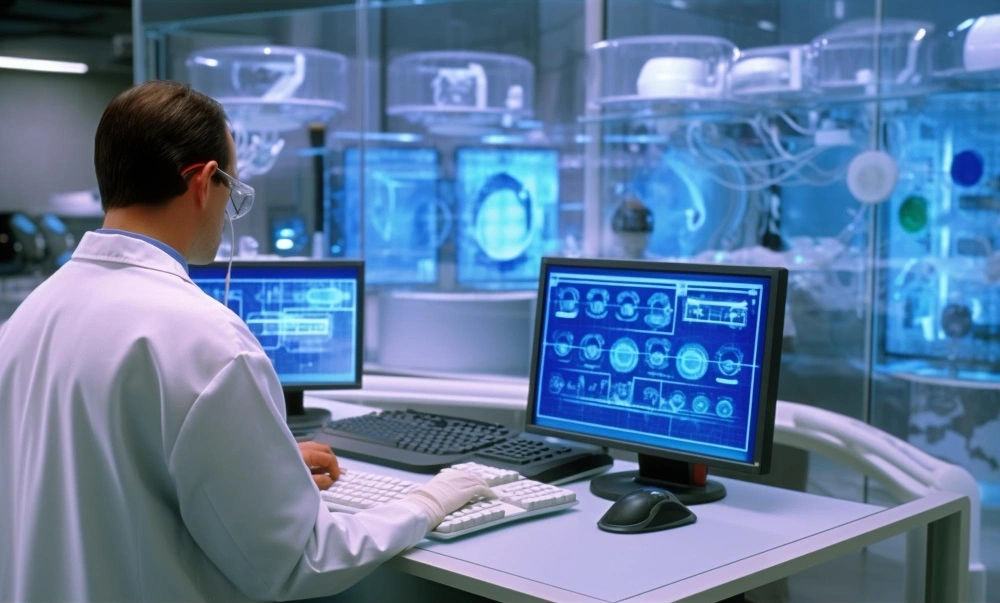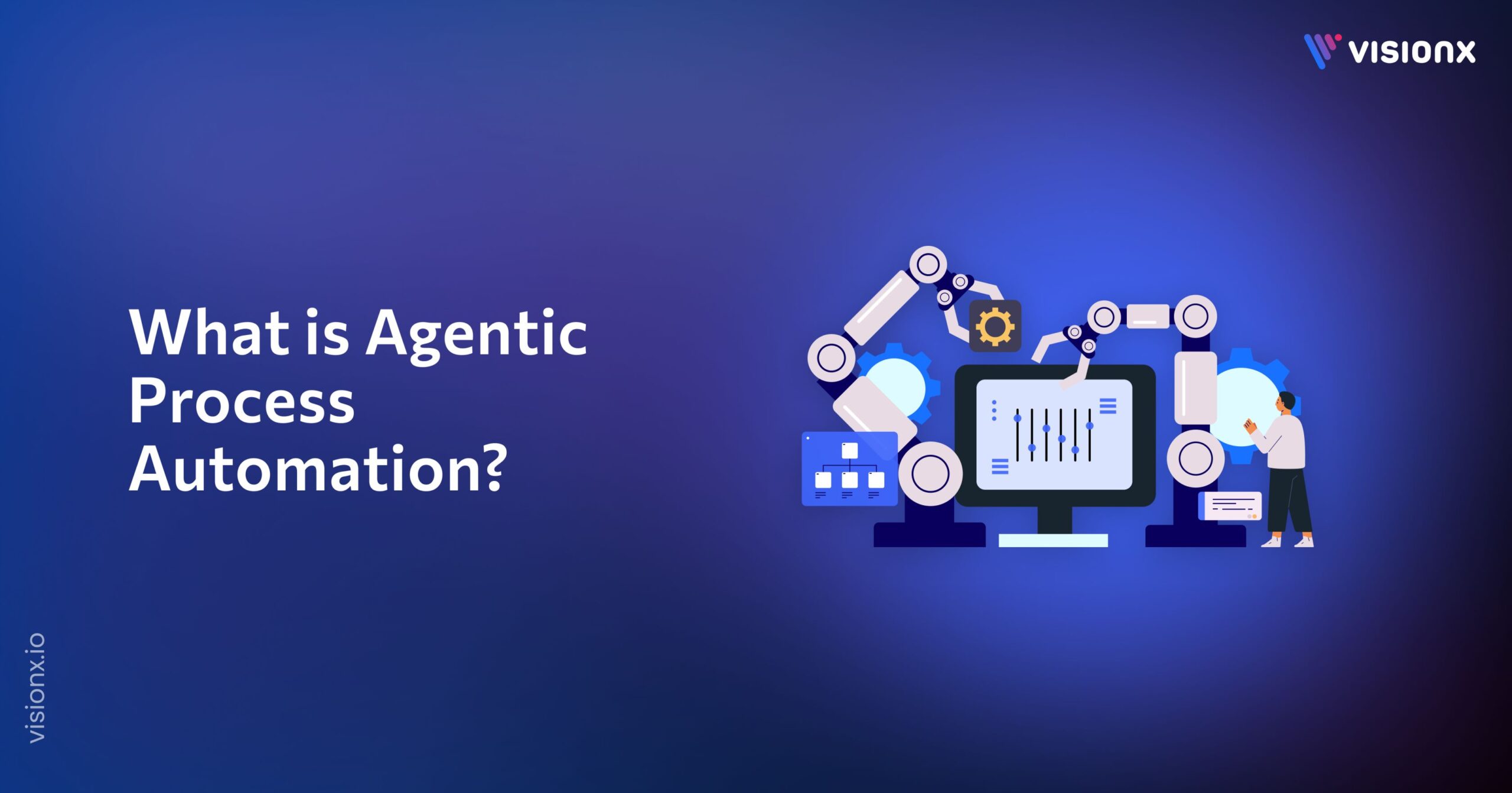Medical devices today are the new tools of modern medicine. They diagnose, treat, and monitor patients. However, because new devices arrive with every click of software, safety, performance, and regulatory compliance are the main concerns. Faulty or unreliable software could lead to misdiagnosis, treatment errors, or even direct harm to patients; hence, a reliable development process is required.
Proper structuring in medical device software development allows the designer to reduce known risks. Given a structured approach that focuses on patient safety, functionality, and regulatory requirements, highly reliable software is created that works better and does not harm patients’ health.
This blog discusses the details of medical device software development, including important development stages and considerations for regulatory compliance, as well as challenges and trends within this field.
What is Medical Device Software?
Medical device software encompasses programs utilized in operating, overseeing, or servicing medical apparatus. Such devices are meant to be used in clinical settings and can include equipment such as imaging systems, X-ray machines, and portable gadgets used to manage diseases such as diabetes. The software of the medical device may be loaded into the hardware of the medical device itself or in a separate device connected to the medical device.
Such software is very important because it directly relates to patient safety and medical device performance. Hence, the development of software for medical devices is highly regulated and precise.
Types of Medical Device Software
There are several types of medical device software, which represent their role and function, including:
1. Software Embedded in the Device
Those built into the hardware of the device commonly control primary functions. These include software that drives a pacemaker or algorithms used within an insulin pump.
2. Software that Controls or Supports the Device
This software interacts with a medical device, such as a mobile application that detects patient data from a wearable device.
3. Software intended for Diagnostic or Therapeutic Use
This would include software that processes medical imaging, interprets test results, or assists in treatment planning. It might also include AI-driven software used within radiology or oncology applications.
4. Software as a Medical Device (SaMD)
Software in medical devices performing any medical function other than being part of a physical medical device will be referred to as SaMD. Examples include any kind of mobile application specifically designed for health monitoring and diagnostics.
What Programming Language is Employed in Medical Devices?
The selection of the language depends on device specifications regarding performance, memory space, processing in real-time, and regulatory compliance with the selected medical device.
C and C++:
These are commonly utilized for medical device embedded software. The C language allows for the management of performance and control over the hardware. It is an efficient tool, while C++ allows for the management of complex functionalities.
Python:
Not much is utilized for embedded systems, but it is usually used for data analysis, simulation, and machine learning applications in medicine.
Java:
Java is preferable in medical devices that are required to be portable. Its application is most dominant when the software needs to run on multiple platforms, like mobile applications or cloud-based products.
Ada:
It is a high-level language used mainly for critical systems, such as medical equipment, where the operation should be correct and error-free. It boasts large safety and reliability features.
What is Medical Device Software Development?
Software designed, developed, tested, and maintained for medical devices is known as medical device software development. Such a process is highly regulated and complex while ensuring the software under consideration complies with the regulations for safety and performance. This will correspond to the different stages of planning, design, implementation, and strict testing according to the required medical device regulations.
Software development in the medical area is much tougher because it maintains a relatively high standard of safety and reliability. Medical device software differs from others because it must be designed to minimize risks to patients, and developers need to follow strict protocols that meet all safety standards and regulatory requirements.
Key Development Stages in Medical Device Software Development
The lifecycle of medical device software development in actual use takes a well-striated process, mainly comprising these steps:
1. Concept and Planning
The initial stages consist of establishing what the medical device is meant to do and making very clear requirements. This stage also involves risk management assessment, which is fundamentally critical in hazard identification regarding patient safety.
2. Design and Development
Once requirements are in place, the actual design of the software comes into being. It will consist of architecture in system designing, along with coding and integration in the first phase. Developers also start planning for the interface and user experience of the software.
3. Verification and Validation
Verification ensures that the software satisfies the design specifications, while validation ensures that the software functions as envisaged in a real-world scenario. These processes are essential for regulatory compliance.
4. Testing
Comprehensiveness checking is done to identify bugs, security holes, and usability problems. The medical device software is tested thoroughly to meet the highest standards of safety possible.
5. Post-Launch Support and Maintenance
Launch of the software necessitates follow-up monitoring and updates for the device so that it continues to function and complies with the new regulations.
Medical Device Development Services
- Concept and Feasibility: Product definition at its initial stage, along with market research and feasibility studies.
- Design and Development: Hardware-software design, embedded systems, and developing user interfaces.
- Prototyping and Testing: Building and testing prototypes for performance and safety.
- Regulatory Compliance: Documentation and adherence to FDA, CE, and ISO standards.
- Quality Assurance: Verification, validation, and rigorous testing in terms of both safety and functionality.
Regulatory Considerations and Compliance in Medical Device Software
Medical device software is quite rigidly controlled to ensure the secure and proper execution of the device and of patients. In the US, the FDA, under Title 21, Code of Federal Regulations, controls medical device software. In Europe, a CE Marking is used to ensure that the software complies with EU health and safety standards.
Some of the main regulatory requirements are as follows:
FDA 21 CFR Part 820: Software development quality management systems for medical devices.
IEC 62304: International standard on application of high-level life cycle processes for software in medical devices.
ISO 13485: It is considered a quality management standard implemented in medical device industries.
Key Challenges in Developing Medical Device Software
Medical device software is not simple to develop because of several challenges it brings along:
- Regulatory compliance: Strict regulations take a long time to follow and are sometimes very complex because regulations keep changing.
- Ensure Patient Safety: Because medical device software directly affects patients’ health, it must be tested and be fail-safe to cause no damage.
- Cybersecurity: Future medical devices are slowly becoming more interconnected and cloud-based, yet they do hold security vulnerabilities for cyber attacks. Developers are taking advanced security measures to safeguard patient data and minimize access by unauthorized individuals.
- Device Maintenance: After installation, the software must be updated to correct problems encountered, fix bugs discovered, and conform to new medical standards.
Emerging Trends in Medical Device Software Development
Some of the trends that will define the future of medical device software are:
AI/ML:
With advanced diagnostics, predictive analytics, and personalization in treatment, generative AI and ML are transforming medical device software. Here’s an example across the spectrum: from imaging analysis in radiology to a smart monitoring device that auto-calibrates patient data.
Cloud connectivity and IoT integration:
IoT allows connected healthcare because its devices can track data in real-time, remote access data, and connect well with networks in hospitals. In addition, a variety of cloud-based platforms goes well with the use of IoT devices that provide central storage and allow remote access to data.
Improved Cybersecurity:
With the increasing use of connected devices, cybersecurity has assumed a top priority. Advanced encryption, authentication, and secured communication protocols are some must-haves for patient data safety and device tamper resistance.
Software as a Medical Device (SaMD):
SaMD is a standalone software providing medical functions. It is dominantly located in mobile health applications and digital diagnostics. When using these technologies, healthcare is brought out of the hands of the provider and into the lives of people. Still, as regulatory agencies have noted, it is extensively covered under regulation for patient safety concerns.
Increased Interest in User-Centered Design:
Intuitive, user-friendly software reduces human error and improves interaction between patients and clinicians with the device. UX and interface design are strongly emphasized. This plays a critical role in implementing patient-centered care and promoting device adoption.
Conclusion
Developing software for medical devices is gradually becoming the most integral part of modern healthcare. As technology advances further into the future, emerging trends like AI and machine learning are expected to influence the future of medical device software, creating new opportunities for care improvement. However, the persistent challenges associated with compliance, safety, and cybersecurity will demand continued diligence from developers as well as from regulatory bodies.
Proper planning, robust design, and rigorous testing can help developers create medical device software that is regulatory compliant, improves patient outcomes, and advances healthcare.
Tailored Software Solutions for Healthcare Excellence
At VisionX, we understand that each medical organization has various needs, particularly in medical software for healthcare organizations. This is why we excel in custom software development tailored specifically for the healthcare sector.
We design custom applications for you. We focus on achieving operable efficiency and further improving patient care while ensuring that the solutions provided are fully compliant with industry regulatory requirements. Let us turn your ideas into practical software solutions tailored to your needs.


